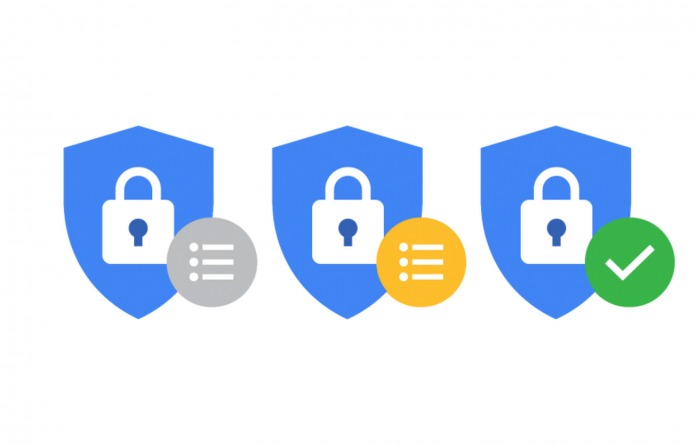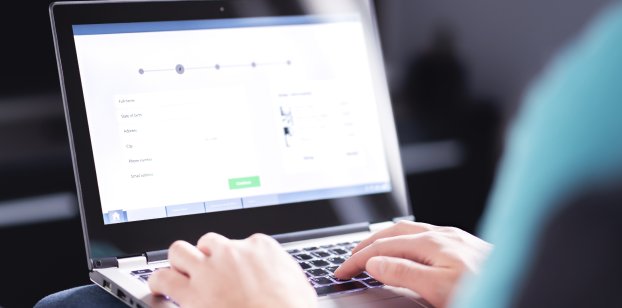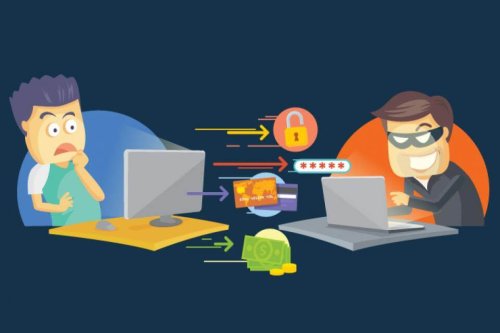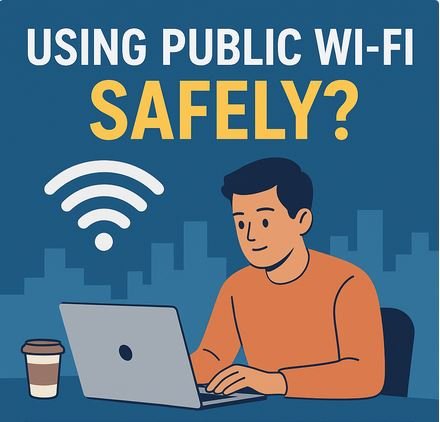Social media connects billions of people around the world — it’s where we share memories, discover trends, and express ourselves. But behind every post, like, and video view lies a massive exchange of personal data.
Platforms like Facebook, Instagram, and TikTok collect and analyze user information to personalize experiences and serve ads. Unfortunately, that also makes them prime targets for hackers, scammers, and even data misuse by third parties.
That’s why checking and updating your privacy settings regularly isn’t optional anymore — it’s a must for protecting your online safety and personal identity.
Below, we’ll walk you through the best privacy settings on each platform, so you can stay connected while keeping your data secure.
🟦 Facebook Privacy Settings: Take Control of Your Profile
Facebook is one of the most powerful social platforms, but also one of the most data-driven. Every action — from posts and comments to profile updates — contributes to your personal data profile.
Here’s how to keep things private:

1. Control Who Can See Your Posts
Go to Settings & Privacy → Privacy Checkup.
This ensures your private life stays private.
2. Manage Your Personal Information
Under Profile and Tagging, you’ll find options to hide personal details such as your birthday, phone number, hometown, and relationship status.
3. Review Tags and Mentions
Facebook allows others to tag you in photos or posts. To maintain control:
4. Turn Off Face Recognition
Facebook’s facial recognition can automatically identify you in photos.
5. Remove Old Apps and Websites
Over time, many users grant access to third-party apps (like games or quizzes).
🟣 Instagram Privacy Settings: Protect Your Photos and Stories
Instagram is all about visuals, but it’s also full of hidden privacy risks — from unwanted tags to data sharing with Facebook. Here’s how to make your account safer:

1. Make Your Account Private
Go to Settings → Privacy → Account Privacy, and turn on Private Account.
This ensures only approved followers can see your posts, stories, and reels.
2. Control Tags and Mentions
3. Manage Story and Reel Sharing
-
Under Story Controls, turn off “Allow Sharing to Story” or “Allow Sharing to Messages” if you want to keep your stories from being reshared.
-
You can also create a Close Friends list for more private sharing.
4. Hide Your Activity Status
Instagram shows when you’re active or last online. Turn off this setting under Privacy → Activity Status to browse discreetly.
5. Control Data Sharing with Facebook
If your Instagram is linked to Facebook, check Accounts Center → Sharing Across Profiles to limit how much data or activity is shared between the two platforms.
🎵 TikTok Privacy Settings: Have Fun Without Oversharing
TikTok’s short-form videos are fun and addictive, but the app also collects significant personal data — including device information, viewing habits, and location. Here’s how to stay secure while still enjoying it:
1. Switch to a Private Account
Go to Settings → Privacy → Private Account.
Only approved followers will be able to see and interact with your content.
2. Limit Interactions and Messages
Under Privacy → Interactions:
3. Disable Video Downloads
TikTok allows users to download public videos. Turn off Allow Downloads in your settings to stop people from saving your clips offline.
4. Manage Personalized Ads and Data
Go to Settings → Ads Personalization and disable it to limit tracking for advertising.
You can also reduce tracking by turning off Ad Interests in the app’s ad settings.
5. Review Location and Contact Syncing
TikTok can access your location and contacts.
-
Turn off Location Services when not needed.
-
Under Privacy → Sync Contacts and Facebook Friends, disable syncing to prevent the app from matching you with unwanted connections.

🌍 Smart Privacy Habits for Every Platform
Even with the right settings, your privacy depends on your habits. Practice these simple tips to boost your protection:
✅ Review privacy settings every 3–6 months — platforms often change policies.
✅ Use strong, unique passwords and two-factor authentication (2FA) for all accounts.
✅ Avoid posting personal information like your location, school, or daily schedule.
✅ Don’t click suspicious links in messages or comments.
✅ Regularly check which devices are logged in and sign out of any you no longer use.
💬 Why Privacy Settings Matter
Every time you post online, you create a digital footprint that can be tracked, analyzed, or even exploited. Adjusting your privacy settings doesn’t mean hiding — it means taking control of your personal data.
By fine-tuning Facebook, Instagram, and TikTok settings, you minimize the risk of identity theft, scams, or unwanted exposure.
Remember: Privacy isn’t paranoia — it’s protection.
🧠 Final Thoughts
Social media will always evolve, but so should your privacy practices. Spend a few minutes reviewing your settings today — it’s one of the simplest and most effective steps you can take toward a safer online life.
Whether you’re a casual user or a content creator, maintaining control over your personal data helps you stay secure, confident, and in charge of your digital world.
 Like
1
Like
1
 Dislike
0
Dislike
0
 Love
0
Love
0
 Funny
0
Funny
0
 Angry
0
Angry
0
 Sad
0
Sad
0
 Wow
0
Wow
0

















